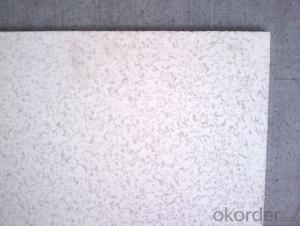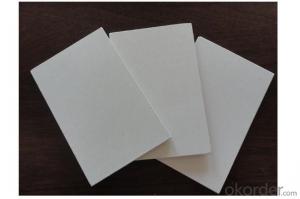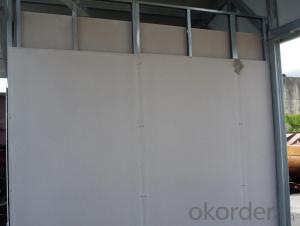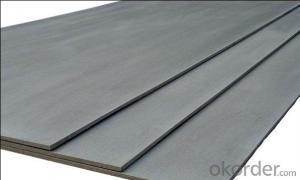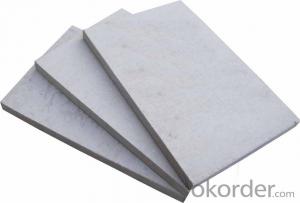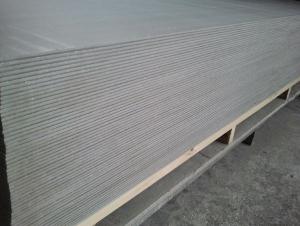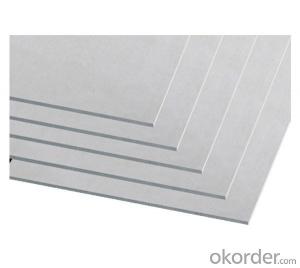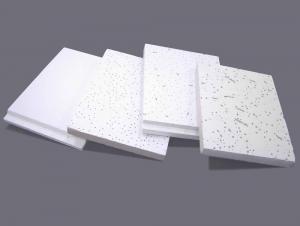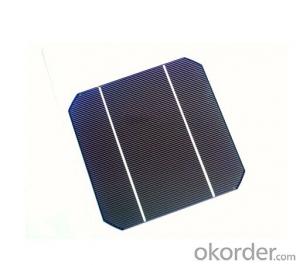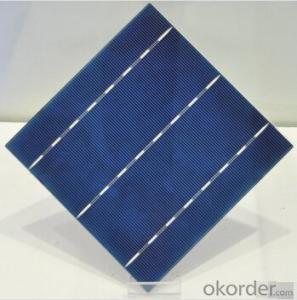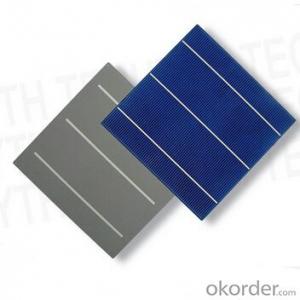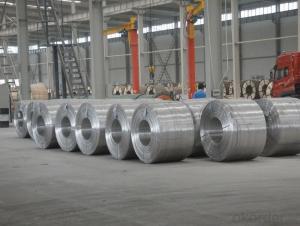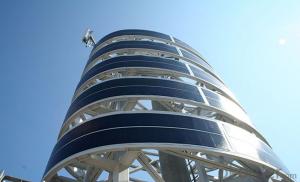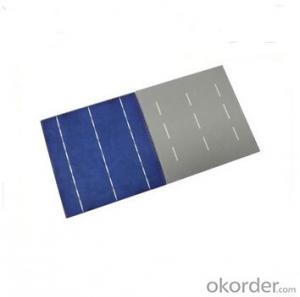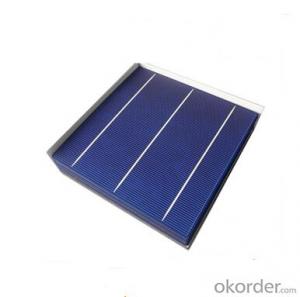High Wattage Solar Cells
High Wattage Solar Cells Related Searches
High Five Stainless Steel Prop High Quality Solar Inverter High Temperature Clear Plastic Sheet High Voltage Solar Inverter Stainless Steel Peg Board Best Quality Roofing Felt High Intensity Desk Lamp High Efficiency Hvac Systems High Rupturing Capacity Fuse High-Pressure CompressorHot Searches
Cheap High Tea Sets For Sale High Density Fiberboard For Sale Used Foam Board Insulation For Sale Magnesium Oxide Board For Sale Hdf Board For Sale sintra board for sale High Mast Light Price List Solar High Mast Light Specification High Mast Tower Price Philips High Mast Lighting Price List Bajaj High Mast Lighting Price List Gypsum Board Price Per Sheet In India High Mast Light Specification High Density Mdf Board Suppliers High Mast Tower Specification High Pressure Laminate Supplier Philippines High Mast Lighting Suppliers South Africa High Pressure Laminate Manufacturers Europe Calcium Silicate Pipe Insulation Price 5 8 Type X Gypsum Board PriceHigh Wattage Solar Cells Supplier & Manufacturer from China
Okorder.com is a professional High Wattage Solar Cells supplier & manufacturer, offers integrated one-stop services including real-time quoting and online cargo tracking. We are funded by CNBM Group, a Fortune 500 enterprise and the largest High Wattage Solar Cells firm in China.Hot Products
FAQ
- Solar cells are designed to withstand high winds and hurricanes due to their robust construction and installation techniques. The panels are securely anchored to rooftops or mounted on sturdy frames, ensuring they can withstand strong winds. Additionally, solar panels are tested and rated for wind resistance, with most systems being rated to withstand wind speeds of up to 140 miles per hour. Therefore, solar cells are designed to handle high winds and hurricanes with minimal damage or risk of detachment.
- The space required to install a solar cell system depends on several factors such as the size and efficiency of the solar panels, the energy needs of the property, and the available sunlight. Generally, a residential solar system can require anywhere from 100 to 1,000 square feet of roof or ground space. However, it's best to consult with a professional to accurately determine the space requirements based on specific circumstances.
- Where can I get the most accurate information about solar cells?
- Maybe your teacher can give you some suggestions.
- I know that solar cells are produced by DC and then converted into alternating current through the inverter, who explains why the solar cell is produced by DC?
- The key is to have a magnetic field change. Of course, there is no solar energy. There are only energy changes.
- Temperature fluctuations can have a negative impact on solar cell efficiency. When temperatures increase, solar cell performance can decrease as the excessive heat reduces the electrical output. Conversely, in colder temperatures, solar cell efficiency can improve slightly. However, overall, temperature fluctuations can lead to fluctuations in solar cell output, affecting the overall efficiency and productivity of the system.
- What information can I get from the Internet about the solar cell modules? Such as what it is? How it is made?
- The solar cell module is composed of two loop circuits located respectively on two sides of the solar cell module, and converge respectively to the junction box.
- Yes, solar cells can be used for powering hospitals. Solar energy can be converted into electricity by solar cells, and this electricity can be used to power various equipment and systems in hospitals, such as lighting, heating, cooling, and medical equipment. Solar power can provide a sustainable and reliable source of energy, especially in areas with limited access to the grid or unreliable power supply. Additionally, solar energy can help reduce hospitals' carbon footprint and operating costs in the long run.
- Extreme temperature fluctuations can have a negative impact on the efficiency of solar cells. High temperatures can cause the performance of solar cells to degrade, leading to a decrease in their overall efficiency. Conversely, extremely low temperatures can also impact the performance of solar cells by reducing their ability to generate electricity. Therefore, maintaining a stable temperature range is crucial to maximize the efficiency and lifespan of solar cells.

